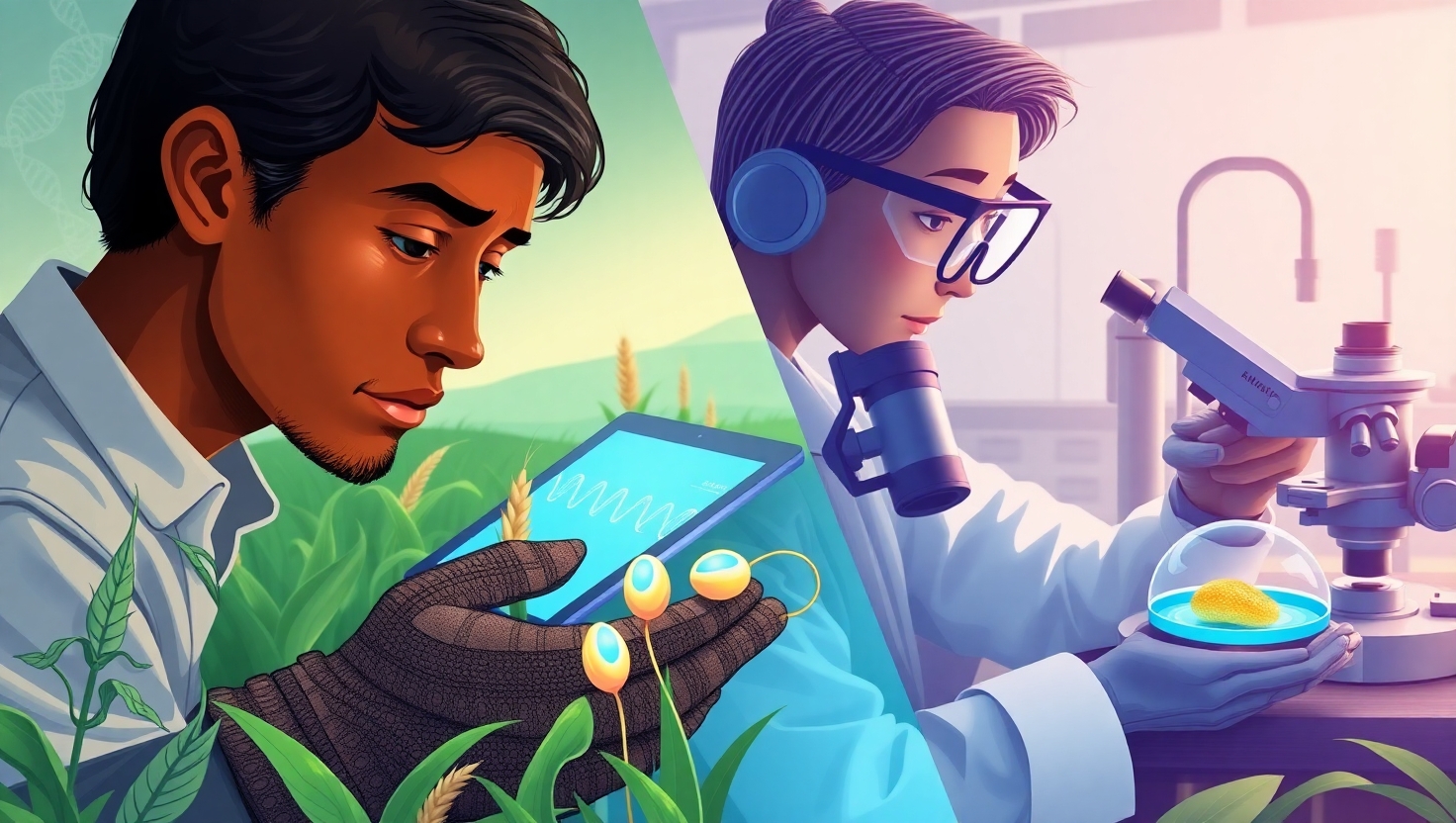The Role of Genetic Engineering in Agriculture: A Balanced Perspective
In the ever-evolving world of agriculture, genetic engineering has emerged as a powerful tool with the potential to address some of the most pressing challenges in food production. From improving crop resilience to reducing pesticide use, the applications of this technology are vast. Yet, like any scientific advancement, it comes with both promise and debate.
Rather than viewing genetic engineering as a miracle solution or a cause for alarm, it may be more helpful to consider its role as one of many tools in sustainable agriculture. By exploring its benefits, limitations, and ethical considerations, we can form a more balanced perspective on its place in feeding a growing global population.

Understanding Genetic Engineering in Agriculture
Genetic engineering involves directly modifying an organism’s DNA to introduce desirable traits. In agriculture, this often means enhancing crops to resist pests, tolerate harsh climates, or improve nutritional content. Unlike traditional breeding, which relies on selecting traits over generations, genetic engineering allows for precise changes in a shorter time frame.
Some well-known examples include:
- Bt crops: Engineered to produce a natural insecticide, reducing the need for chemical pesticides.
- Drought-resistant plants: Modified to thrive in water-scarce conditions, crucial for climate-vulnerable regions.
- Golden Rice: Enriched with vitamin A to combat malnutrition in developing countries.
Potential Benefits
1. Increased Crop Yields
By introducing traits that enhance growth or resistance, genetically modified (GM) crops can produce higher yields, helping to meet the food demands of a growing population.
2. Reduced Environmental Impact
Crops engineered for pest resistance can lower the reliance on chemical pesticides, reducing soil and water contamination. Similarly, herbicide-tolerant crops can enable more efficient weed control with fewer chemicals.
3. Enhanced Nutritional Value
Biofortified crops, like Golden Rice, demonstrate how genetic engineering can address malnutrition by increasing essential vitamins and minerals in staple foods.
4. Climate Resilience
As extreme weather events become more frequent, crops engineered for drought, flood, or heat tolerance could play a crucial role in maintaining food security.
Considerations and Concerns
Despite its advantages, genetic engineering is not without controversy. Some key concerns include:
1. Ecological Effects
The long-term impact of GM crops on ecosystems is still being studied. There are worries about cross-pollination with wild plants and the potential disruption of local biodiversity.
2. Ethical and Social Issues
The dominance of a few large corporations in the GM seed market raises questions about farmers’ rights, seed ownership, and economic disparities in agriculture.
3. Consumer Acceptance
Public perception varies widely, with some people hesitant about consuming genetically modified foods due to health and safety concerns, even though major scientific organizations deem them safe.
4. Regulation and Transparency
Strong regulatory frameworks are essential to ensure that GM crops are safe for consumption and the environment. Transparency in labeling and research can help build public trust.
A Thoughtful Path Forward
Genetic engineering is neither a perfect solution nor an inherent danger—it is a tool whose value depends on how it is used. Integrating it responsibly into agriculture requires:
- Continued research to understand long-term effects.
- Fair policies that protect farmers and consumers.
- Open dialogue between scientists, policymakers, and the public.
Rather than rejecting or embracing genetic engineering outright, a measured approach—one that balances innovation with caution—may help harness its benefits while addressing legitimate concerns.
In the end, the goal remains the same: creating a sustainable, equitable food system that nourishes people and the planet. Genetic engineering may play a part in that future, but it is just one piece of a much larger puzzle.
What are your thoughts on the role of genetic engineering in agriculture? Do you see it as a promising tool or an uncertain risk? Share your perspective in the comments below.